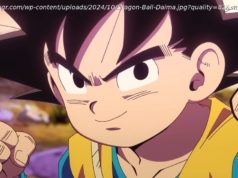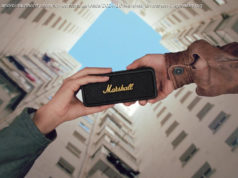It doesn’t matter when you grew up watching TV. The dreaded eyesore of “black bars” is a universal plague that haunts watch parties, ruins …
It doesn’t matter when you grew up watching TV. The dreaded eyesore of “black bars” is a universal plague that haunts watch parties, ruins classic movies and sparks passionate, frustrating debate with no satisfying victor. If you’re watching an older film, you might find large black bars sandwiching the film on the top and bottom of your screen. If you’re watching TV from before the turn of the century, they might squeeze the picture in from the sides. It’s a common curse of aspect ratios of bygone eras not quite lining up with the size of the screens we keep in our homes. At least we can expect some conformity from contemporary TV and movies made for modern televisions, right? Maybe not. Meet Zack Snyder’s Justice League, a meme-powered recut of the film that originally debuted in a wide-screen aspect ratio three years ago, but has been reborn on HBO Max with new scenes, more characters and two intimidating black bars flanking either side of a square-framed picture. Do not adjust your TV. This is exactly what Zack Snyder intended. Zack Snyder’s Justice League is bucking an industry trend, presenting itself in a 1.33:1 aspect ratio as opposed to a more standard widescreen format. It’s absolutely weird, and it feels “wrong” because we’re not used to it, but it’s not actually all that strange. The Snyder Cut’s square framing is essentially the same 4:3 framing that dominated television programming from the 1920s until the late 1990s. Most importantly, it’s framed this way to better fit IMAX formatting. The short answer? Artistic vision. While working on Batman v. Superman, Zack Snyder grew enamored with how its IMAX scenes looked on the oversized format’s screen. Speaking at a JusticeCon digital panel last year, Snyder said watching those sequences on the extra-large format made him “obsessed with the big square.






